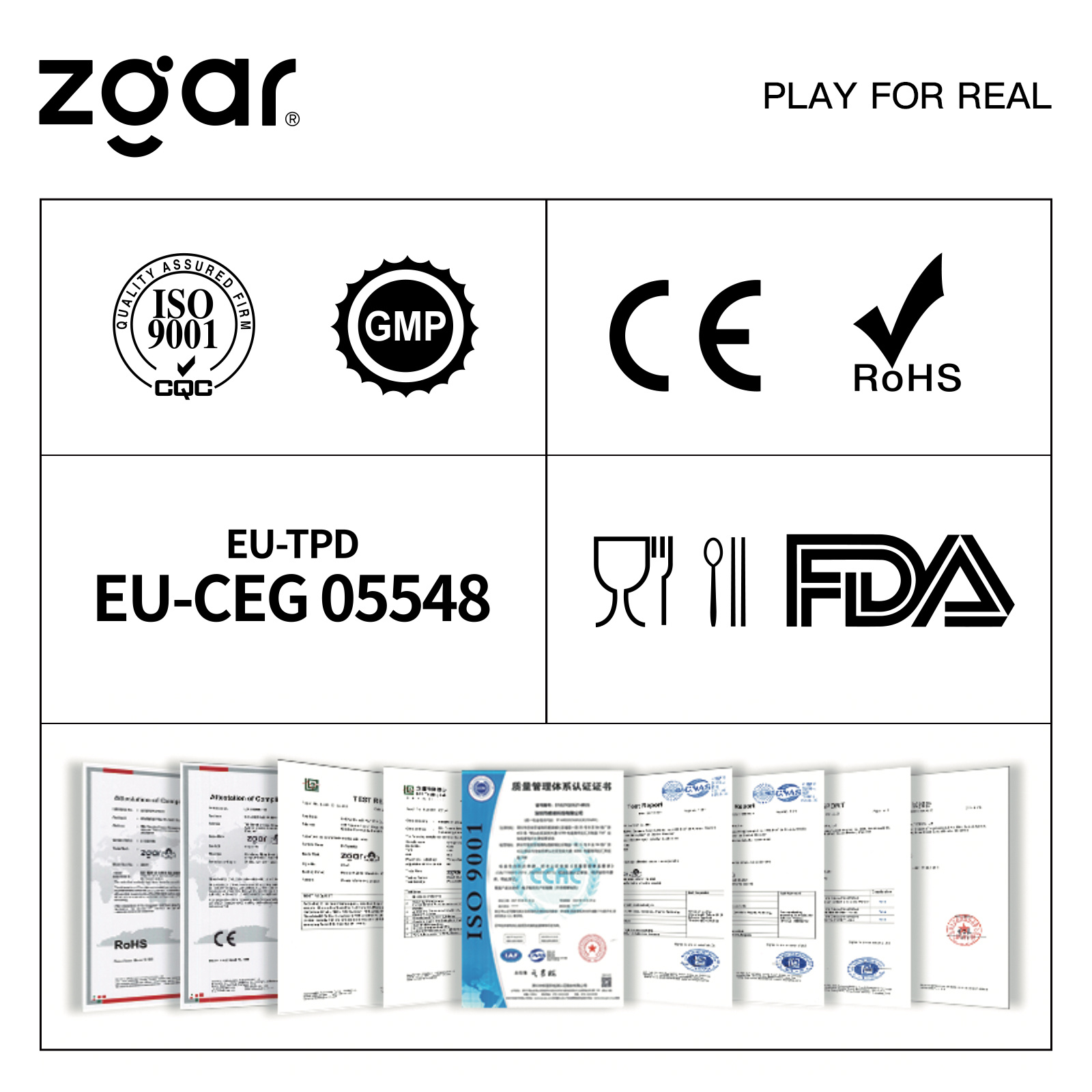Why is the integration of supplier groups difficult and even fail? In my opinion, the key lies in whether to solve the problem or to formulate policies. Look at who is the problem first. The integration of supplier groups is the first to solve the problem of procurement: procurement has to reduce prices round after round, procurement wants to reduce workload, and procurement wants better services. These are not necessarily problems with other departments (of course they will be affected, either directly or indirectly). For example, the design department needs suppliers to ship fast, and it doesn't matter if they can support mass production (at least during the new product development period); the production department requires delivery on time, quality is reliable, and the price is not relevant to them. As a purchasing department, if you only want to solve your own problems and formulate policies, you are doomed to failure. Give me an example of personal experience. More than ten years ago, I just graduated from business school and joined a high-tech company in Silicon Valley to manage suppliers. Shortly after the job began, he met a colleague who managed the machined parts. The theme was supplier integration. His situation is also disastrous: There are 40 to 50 suppliers for the purchase amount of US$ 20 to 30 million. Apportioned, there is no absolute control over which supplier. Where to go to cut prices, to discount? How to achieve cost saving indicators year after year? This colleague is an Afro-American, bald, physique like a NBA player, and a talker like Parliament Hill. A generous speech, the listener moved. But two years later, the problem is the same. What is the crux of the matter? The designer's needs have not been met. It turns out that his list of qualified suppliers was developed around mass production requirements. These suppliers are large in size, "the ship is difficult to turn around," and delivery speeds are not as fast as small companies. The company's on-time delivery rate is more emphasis on mass-produced parts, for example, 95% is excellent, but lately 5% are mostly new products in the design department. How bad is the on-time delivery rate for the design department? know. So they used a variety of pretexts to use suppliers outside the list. Suppliers outside the list are pulling business and deliberately meet the requirements of the designers. However, when it comes to volume production, black colleagues have increased their control and try to shift their business to qualified suppliers (note: not all parts can be transferred to factories). This leads to a series of questions: First, the wrong signal to qualified suppliers, that is, "You don't need to support new product development. Once you get to mass production, sharpen your pencil, and report a good price, this business is yours." Think about it. Will these qualified suppliers be willing to support new product development? Even if it is supported, the mass production is the second time the bid is issued. This business is not yet known to anyone. Second, new product development has been painstaking and tiring. Non-qualified supplier support engineers are expecting mass production. After mass production, the business flew. Wait until the next time the engineer calls and the non-qualified supplier will pick it up. Designers will only have to find suppliers who "wish on the hook" to start the next round of games. Third, those parts that have not been transferred to the factory are often small in quantity and difficult to produce. They have become a non-qualified supplier's "chicken ribs," and tasteless. It is a pity that they have abandoned it. They have foreshadowed the problems of quality and delivery in the future. The number of suppliers also inflated in this round and round of games. Black colleagues have been struggling with each other and have spent the day fighting fires and killing people: either the production line or the supplier's quality problems. The first is the supplier. It is naturally the non-qualified suppliers. Say that the goods sent on Friday are late for a week, but they are still missing. It is hard to send them, or they will be defective. Will you be able to do business? ? Then there is design: The capacity utilization rate of qualified suppliers is only 70%. You are also looking for non-qualified suppliers everywhere. He alone does not care about himself, because in his view, all the truth is in his hands. At the time, I was managing sheet metal and I had similar problems at the beginning. In view of the problem of machined parts, a series of different approaches have been adopted: (1) Establish new product on-time delivery rates, requiring suppliers to be no less than 95% to meet the needs of new product development and designers; (2 ) Clearly stipulates that any part, multiple inquiry, and one-off bid. That means that if you do not support new product development, you will not have this shop if you cross this village. The supplier will not get any new business. This time, the qualified suppliers were panicked because they were no longer the same as before. "No matter what other suppliers are fighting, mass production still belongs to us." Therefore, they have divided specialized production equipment and assigned personnel to support the development of new products. There is no additional cost for them: In the economic downturn, their capacity utilization rate is less than 50%, and some equipment is allocated and designated personnel are assigned to support them. New product development is also nothing. This person's full-time job is to wait for the phone to ring - our engineers have a need, this man has arrived at the engineer's office twenty minutes later, all kinds of requirements to clarify face, drawings, specifications clear, half an hour After that, the machine has started up. Not long afterwards, the sample was already laid and sent to the engineer. Designers get what they want, they naturally do not need to find other suppliers; qualified suppliers also get business in a tender, uncertainty is greatly reduced, do not have to worry about their hard work to support development, new products are in the second The tenders flow into the competitors; the purchasers also ensure reasonable prices through multiple inquiries, and ensure that new businesses flow into qualified suppliers. This can be described as threefold. As time goes by and old products are released, those "chicken ribs" type suppliers are automatically eliminated and the supplier group is naturally integrated. After several months of implementation of this series of measures, the delivery rate of new products has steadily reached more than 90%, and some suppliers have even reached 100%. This problem, which has been plaguing many years, has also been solved. The above example, although from the manufacturing industry, has its general significance: First, no matter in which industry, which company, and the integration of supplier groups are all involved in the whole body, we must weigh the interests of all parties and reduce the number of suppliers by satisfying the legitimate needs of all parties. It is doomed to fail to formulate policies that do not solve problems. Second, a journey of a thousand miles begins with one step. Seemingly millions of suppliers, even billions of dollars in supplier integration programs, actually have to implement specific parts. It is difficult to become a sea without making a small stream. Every part can't be ignored, otherwise it's just an empty strategy and it is doomed to failure. On the contrary, the out-of-control of the number of suppliers is also starting from this one part. To prevent this from happening, we must begin with these seemingly insignificant trifles. After the supplier is integrated, it is to establish a long-term partnership with the preferred supplier. The traditional American supplier relationship is a short-term relationship. For example, the term of the contract is about one year. Each year, the company bids and re-issues the bid. This can be done in a situation where the market is fully transparent, but it is not suitable for the situation where the procurement of products is complicated, the technology is high, and the development cycle is long. For example, aircraft engines need to be developed, pilot-produced, and mass-produced in years or even decades. Another example is the semi-conductor equipment industry. Suppliers have a short period of three to five years from investment research to production and production. If it is not based on long-term relationships, the two sides lack trust. If it is the buyer’s market, the purchasing party will desperately press the price; when it is transferred to the seller’s market, the suppliers will even bring back the profits, and this will create a vicious circle, making it more difficult to increase mutual trust. Collaborate with each other. In the long-term relationship, for example, when the parties sign a contract for 3 to 5 years, they agree on a one-off price reduction and future year-to-year price reduction targets, agree on performance, standards, and management processes. Then they enter the performance phase, and do not need to negotiate each year, year after year. Hurt feelings.
ZGAR AZ MC Disposable
ZGAR electronic cigarette uses high-tech R&D, food grade disposable pod device and high-quality raw material. All package designs are Original IP. Our designer team is from Hong Kong. We have very high requirements for product quality, flavors taste and packaging design. The E-liquid is imported, materials are food grade, and assembly plant is medical-grade dust-free workshops.
Our products include disposable e-cigarettes, rechargeable e-cigarettes, rechargreable disposable vape pen, and various of flavors of cigarette cartridges. From 600puffs to 5000puffs, ZGAR bar Disposable offer high-tech R&D, E-cigarette improves battery capacity, We offer various of flavors and support customization. And printing designs can be customized. We have our own professional team and competitive quotations for any OEM or ODM works.
We supply OEM rechargeable disposable vape pen,OEM disposable electronic cigarette,ODM disposable vape pen,ODM disposable electronic cigarette,OEM/ODM vape pen e-cigarette,OEM/ODM atomizer device.
ZGAR AZ MC Vape,ZGAR AZ MC Vape disposable electronic cigarette,ZGAR AZ MC vape pen atomizer ,AZ MC E-cig,AZ CC Vape disposable e-cigarette Zgar International (M) SDN BHD , https://www.sze-cigarette.com

